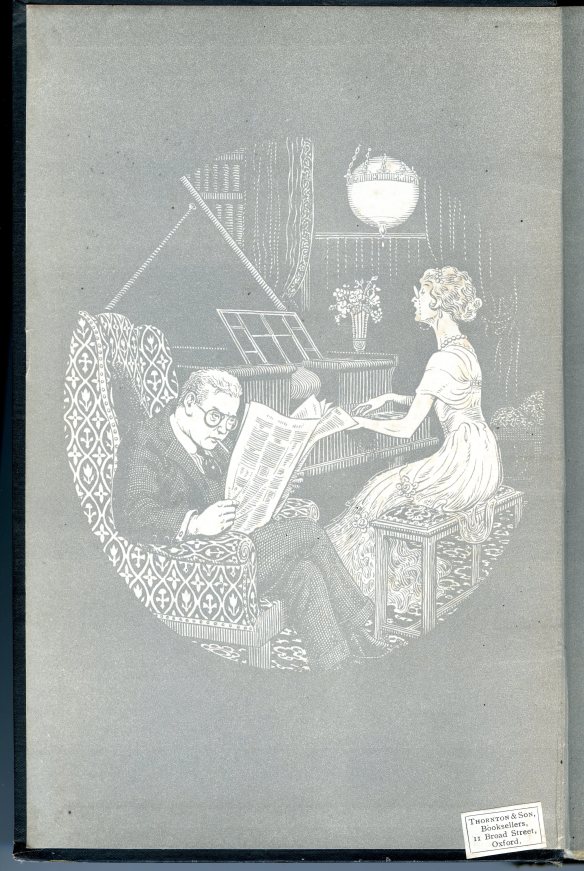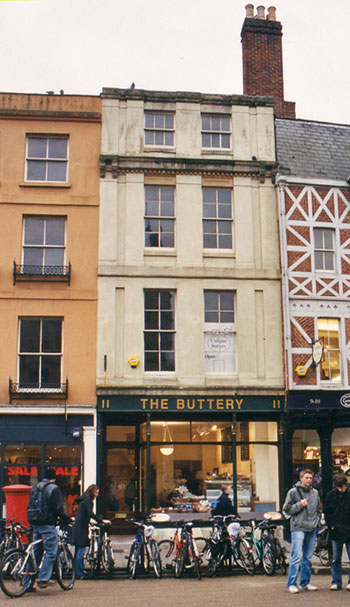CLICK ON IMAGES TO ENLARGE THEM. REPEAT IF REQUIRED
The human memory can be a notorious trickster. Recently, an excellent story from Bruce, himself a master of trickery, featured custard. This brought to mind the typically insightful and amusing Dennis Potter television drama ‘Blade on The Feather’, which had tickled me and Michael almost forty years ago. This contained five characters, three male, and two female. Having forgotten about the excellent Kika Markham and Phoebe Nicholls, and even the plot centring on revenge and the aftermath of a life of espionage during the Cold War era, I remembered only the three superb male actors, Donald Pleasence, Denholm Elliott, and Tom Conti. Only one scene, I thought, was burned into my brain.
This is the film I searched for on You Tube. We watched it last night. My one scene featured Elliott, Pleasence’s factotum, in the posh family dining room, serving lumpy, yet runny, custard from a pyrex jug, and Pleasance, for this insult, in the most progressively, calmly, abusive manner, calling Elliott a dollop of poodle diarrhoea. In fact this was two scenes I had fused together. You must admit, it made sense. My telling and retelling this story over the years produced a few exaggerations. I would act out the butler extracting a far more coagulated concoction from a saucepan, requiring several jerky shakes to slop it onto the baked jam roll awaiting its coating. I also added a few interpolations between the term ‘shit’ and ‘poodle diarrhoea’ during the early morning brandy deprivation scene. If you have witnessed my performance of this, please regard it as poetic licence, rather than a flawed recollection.
Today, Jackie drove me to New Milton and later collected me from Brockenhurst as I travelled to and from Waterloo to meet Norman for lunch at Tas in The Cut.
Looking over the wall on the taxi approach road far over on the other side of Waterloo Station, I was surprised to see an unusual angle on Emma Cons Gardens, and even more surprised that my little Canon SX700 HS was able to record it. The woman in the distance on the corner of Cornwall Road was walking down The Cut, which I was soon to do.
At first, however, I was drawn by the charcoal smoke and enticing aromas emanating from the barbecue stall, with its usual queue of hungry workers.
Naturally, I had to approach the scene and soak up the busy, friendly, atmosphere.
Others had brought their own refreshments.
It was, however, the usual Turkish meal that Norman I and enjoyed at Tas. My selection was the best moussaka I have ever tasted, followed by a delicious dessert the name of which I cannot remember, that included in its ingredients shredded wheat and honey. We shared a bottle of the smooth house red wine.
Geetha is another excellent blogger whom I follow. She was in my mind during my reading of ‘The Cream Of The Jest’ by James Branch Cabell which I finished today. This is because Geetha weaves her dreams into fascinating, powerful, poetry. Felix Kennaston, Cabell’s protagonist, goes further as he becomes so immersed in his dream world that ‘the jest’ is that the distinction between his own real life and the fictional world of his characters is considerably blurred. The sub-title of ‘A Comedy of Evasions’ suggests a secondary theme of Kennaston’s being so fixated on his dream woman that he is unable to sustain love for one of flesh and blood. Or is he suffering from a delusional mental illness?
This 1927 publication is illustrated by Frank C. Papé, a favourite of The Bodley Head at that time. The artist is very skilled at line drawing, and although these appear throughout the book, I have chosen to reproduce here just the endpapers.
This is because they demonstrate the contrast between Felix’s dream life and his reality.
Note the bookplate on the bottom right hand corner of the first of these two illustrations.
The website oxfordhistory.org.uk tells us that “No. 11 Broad Street, Oxford, was occupied by Thornton’s bookshop from 1870 to 2002. The building dates from about 1800, and is Grade II listed (ref. 1485/170).
The 1881 census shows Joseph Thornton, who was born in Billericay, as the employer of one man and three boys. Aged 72, he was living over this shop with his wife Clara and daughter Lydia (a governess), and one general servant. His son James was managing a bookshop of his own at 33 High Street at this time.
The business remained in the family until 1983, when it was about to go bankrupt. Wim & Scharlie Meeuws of Holdan Books bought it from John (known as “Young Jack”) Thornton, and altered the shop between 1983 and 1985 to meet fire regulations. The Thornton’s name survived on the shop until the business finally moved out on 1 January 2003.
Thornton’s Bookshop was based at Boars Hill until 2007 and is now at Faringdon, about twenty miles from Oxford.”










